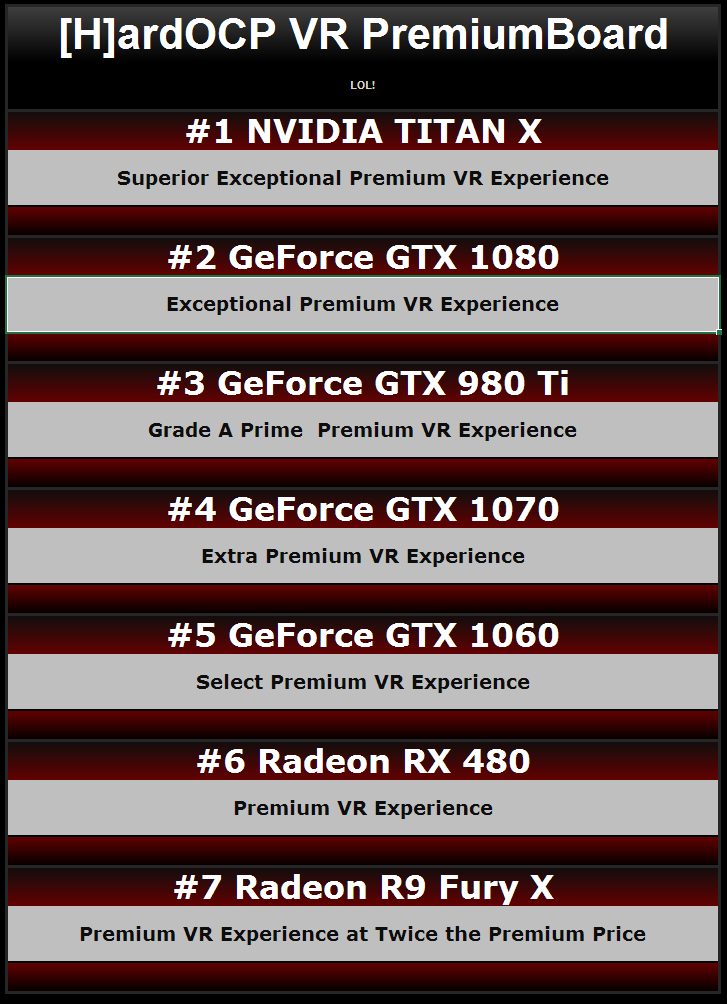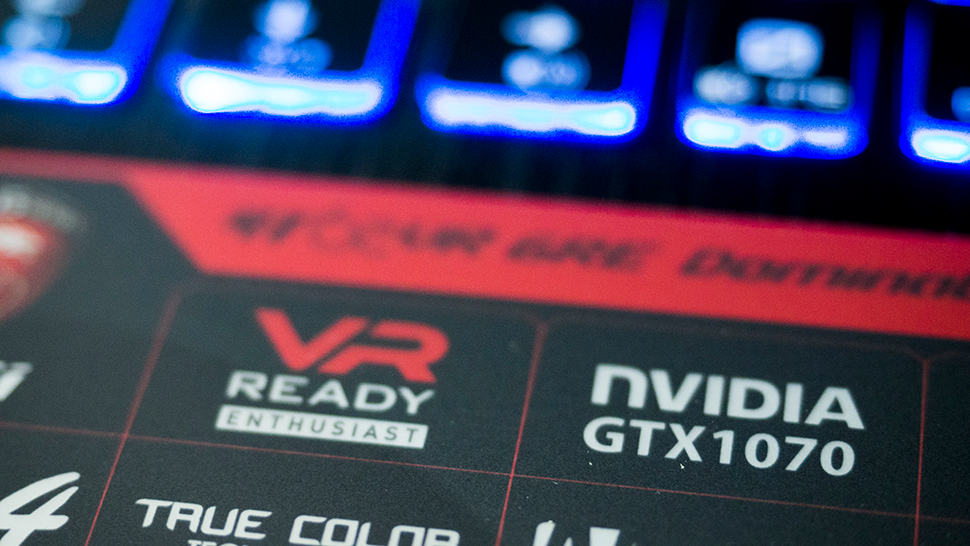VR requires two scenes to be rendered, one for each eye. My understanding is the geometry is processed twice, once for each scene (a problem that is alleviated with nVidia's SMP). Aren't AMD products way behind nVidia with respect to geometry performance? Perhaps that's a major issue.
SMP is a pascal only feature and has to be implemented per game (or engine). I think nvidia's funhouse and maybe raw data use it. I would expect Fury X to be closer to the 980ti than it is
![[H]ard|Forum](/styles/hardforum/xenforo/logo_dark.png)

